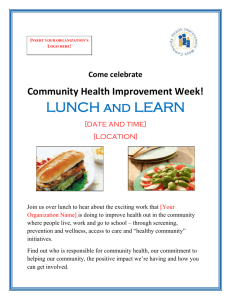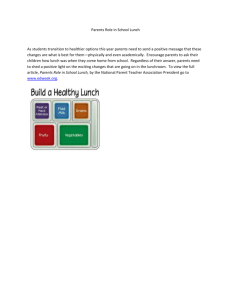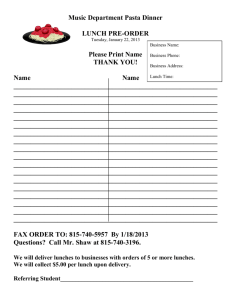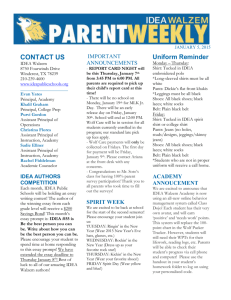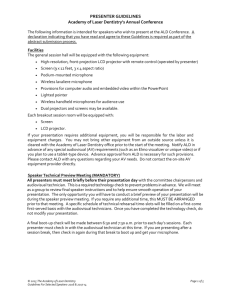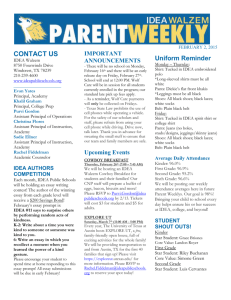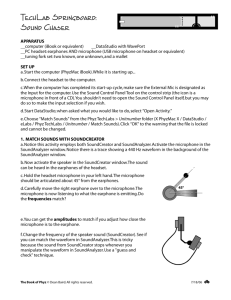FundamentalTipsforPresentations
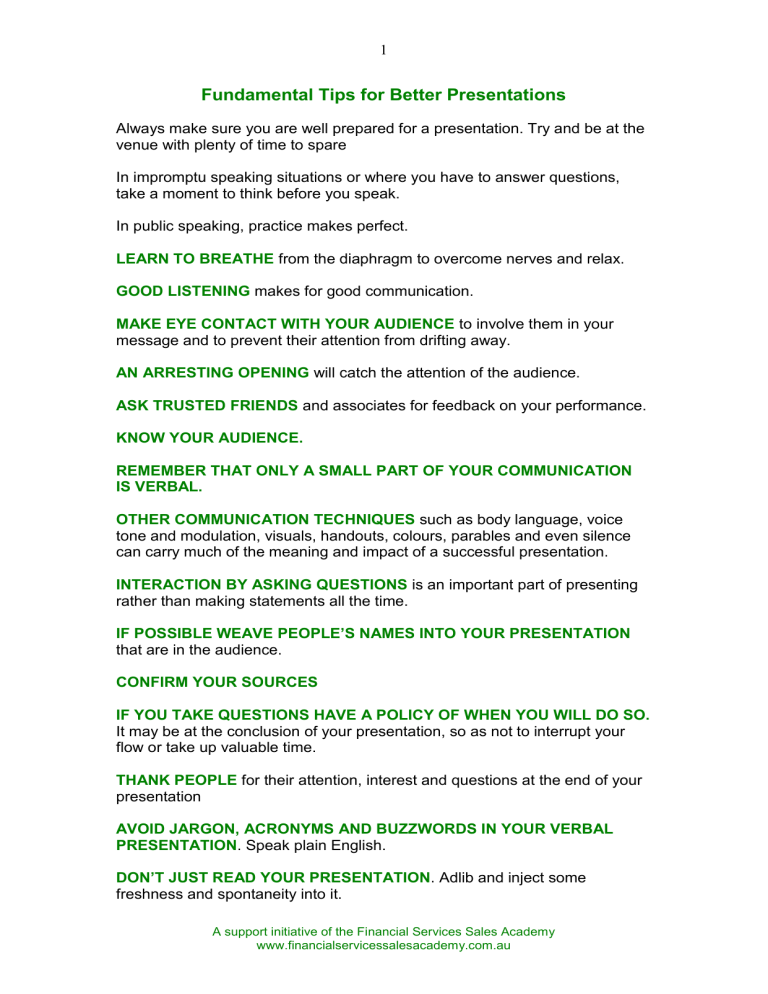
1
Fundamental Tips for Better Presentations
Always make sure you are well prepared for a presentation. Try and be at the venue with plenty of time to spare
In impromptu speaking situations or where you have to answer questions, take a moment to think before you speak.
In public speaking, practice makes perfect.
LEARN TO BREATHE from the diaphragm to overcome nerves and relax.
GOOD LISTENING makes for good communication.
MAKE EYE CONTACT WITH YOUR AUDIENCE to involve them in your message and to prevent their attention from drifting away.
AN ARRESTING OPENING will catch the attention of the audience.
ASK TRUSTED FRIENDS and associates for feedback on your performance.
KNOW YOUR AUDIENCE.
REMEMBER THAT ONLY A SMALL PART OF YOUR COMMUNICATION
IS VERBAL.
OTHER COMMUNICATION TECHNIQUES such as body language, voice tone and modulation, visuals, handouts, colours, parables and even silence can carry much of the meaning and impact of a successful presentation.
INTERACTION BY ASKING QUESTIONS is an important part of presenting rather than making statements all the time.
IF POSSIBLE WEAVE PEOPLE’S NAMES INTO YOUR PRESENTATION that are in the audience.
CONFIRM YOUR SOURCES
IF YOU TAKE QUESTIONS HAVE A POLICY OF WHEN YOU WILL DO SO.
It may be at the conclusion of your presentation, so as not to interrupt your flow or take up valuable time.
THANK PEOPLE for their attention, interest and questions at the end of your presentation
AVOID JARGON, ACRONYMS AND BUZZWORDS IN YOUR VERBAL
PRESENTATION . Speak plain English.
DON’T JUST READ YOUR PRESENTATION
. Adlib and inject some freshness and spontaneity into it.
A support initiative of the Financial Services Sales Academy www.financialservicessalesacademy.com.au
2
KEEP YOUR EYES ON THE AUDIENCE and speak naturally and conversationally.
PICK OUT INDIVIDUALS IN THE AUDIENCE . Engage in eye contact and speak directly to them.
PLACE THE COMPUTER BETWEEN YOURSELF AND YOUR AUDIENCE and let your slides be your guide.
BE ALERT TO BODY LANGUAGE AND THINGS BIOLOGICAL
. You’ll know in an instant if people are engaged or if things are dragging.
SPEECHES AND SEMINARS ARE USUALLY CONDUCTED IN LARGE
HOTEL ROOMS.
These venues operate under an ironclad worldwide rule: they’re always too hot or too cold. The temperature is never right. When people suffer from either frostbite or heat exposure, you’ll know by their body language. Ask them if they’re comfortable and if they’re not, politely request a staff person to make a temperature adjustment. The mere act of attending to the audience’s comfort will make them feel benignly towards you.
REMEMBER THAT MEN AND WOMEN HAVE DIFFERENT
THERMOSTATS , with women usually getting colder faster. (When men start to don their jackets you know you’re really in trouble). Cold people get cranky, warm people fall asleep, neither one of which will help your success. On a similar biological note, if you speak right before lunch, people may be irritable because of food deprivation. If you speak right after lunch, folk tend to be sleepy.
BEST TIMES TO SPEAK: Keynote speech, first thing in the morning. Second speech in the morning isn’t bad either. If you are going to speak after lunch, try for right after the mid-afternoon break, when the audience will have a resurgence of energy.
LAST SPEECH OF THE DAY IS BAD , people want to collect phone calls and email messages, party, have a drink or just go home.
BE CAREFUL OF LIGHTING . If your speech takes place in a very large hall or if it’s being videotaped, you are likely to be subjected to blinding light, which will make it impossible to see the audience. This costs you your ability to connect with people, eliminating your feedback loop. Work with the lighting and AV people, and there will be an acceptable compromise.
BUILD YOUR SLIDES AND MINIMISE WORDS . PowerPoint is great for this.
PRESENT YOUR INFORMATION ONE POINT AT A TIME . This keeps you in control and prevents the audience from becoming overloaded with too many facts. Don’t use long sentences or even full sentences. Phrases, fragments of thought and simple words are enough.
A support initiative of the Financial Services Sales Academy www.financialservicessalesacademy.com.au
3
NEVER, NEVER, NEVER USE A SLIDE FILLED WITH TEXT.
The medium is the message and the message here is one big yawn.
MAKE SURE THE SLIDE CAN BE READ AT THE BACK OF THE ROOM .
All slides, in fact, should be readable from the rear of an enormous hall.
GIVE EXAMPLES USING REAL PEOPLE’S NAMES.
USE PAUSES IN YOUR SPEECH.
SMILE as you talk
USE OPEN ARMS and body movements to emphasize a point.
ALTER THE TIMBRE AND TONE OF YOUR VOICE during presentation.
DON’T STAND TOO CLOSE to the microphone.
DON’T STAND TOO FAR AWAY from the microphone
A support initiative of the Financial Services Sales Academy www.financialservicessalesacademy.com.au

